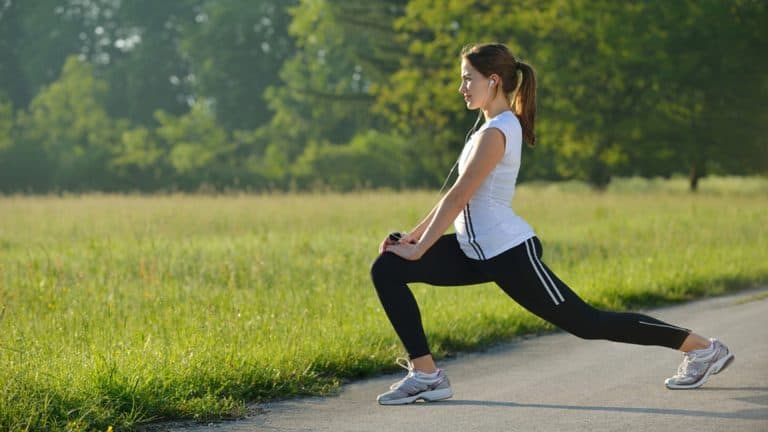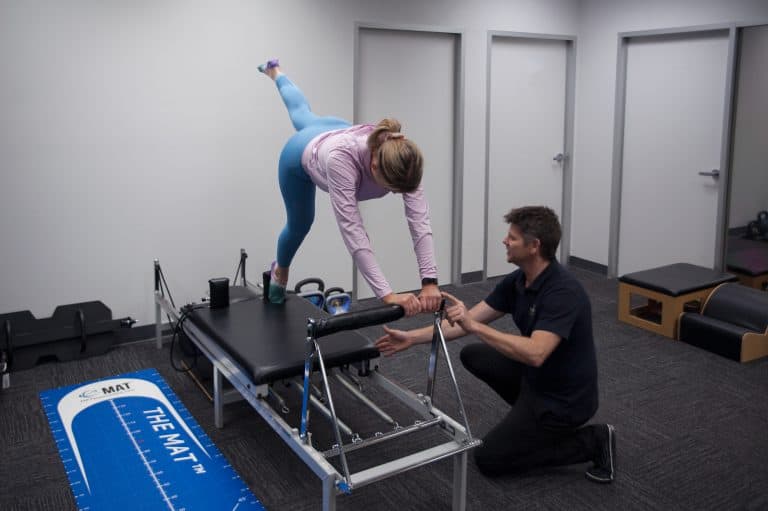
Osteoporosis occurs when there is a loss of balance in new bone formation and a loss of bone. The difference in these two normal processes creates a change in the bone structure which causes a weakening of the integrity of the bone and can lead to fractures on fall/impact.
The Two Types Of Osteoporosis
There are 2 different types of osteoporosis both primary and secondary. Primary osteoporosis is age-related and seen in women post-menopausal.
The secondary type of osteoporosis is seen in people that are suffering from conditions such as celiac disease, gastrointestinal conditions and the long term use of corticosteroids.
These conditions cause osteoporosis by affecting calcium absorption which then leads to an increase in bone loss.

What Do Our Patients Ask Us About Osteoporosis?
- What is the effect that exercise has on osteoporosis?
- What types of exercises should we do and if so how much?
- How intense should the exercise program be?
- What are the effects that exercise has on bone health?
How Exercise Can Help
The answer to this question is that physical activity and exercise have been shown to increase new bone formation.
Exercise has also been shown to reduce the production of pro-inflammatory cytokinins, that are responsible for the production of the cells that destroy the bone cells.
Exercise also helps to improve muscle strength, balance, and coordination and this, in turn, reduces the risk of falls preventing fractures.

The research that has been done shows that resistance training, balance training, motor control and high-impact training all have a beneficial effect on bone health.
It’s Recommended That Resistance Training Is Done 2-3 Days/Week For 30 Minutes.
The type of exercise that we take part in and how much depends on bone mineral density levels and the risk of a fracture.
To obtain the right exercise program, you need to get your risk factors assessed as well as your risk of fragility fractures.
An individualised program targets strength training, balance exercises, the prevention of falls and some high or low impact activities.
If you’d like to find out more about how our Physios can help you develop an exercise program, you can visit this link.
This blog has been written by Kunj Desai from the Christies Beach practice.